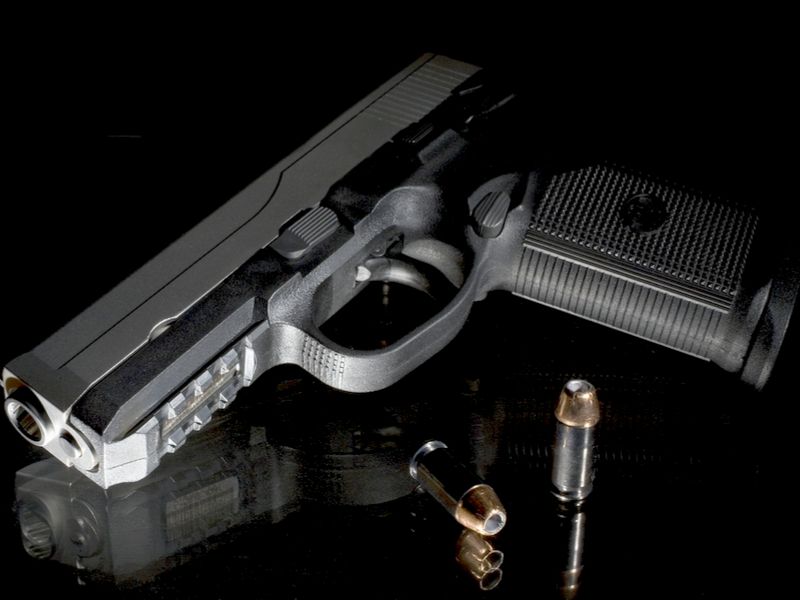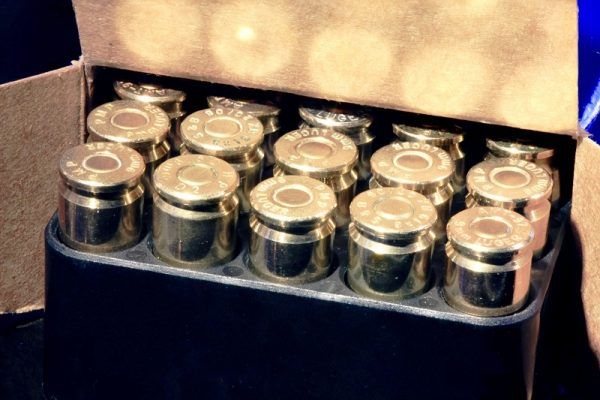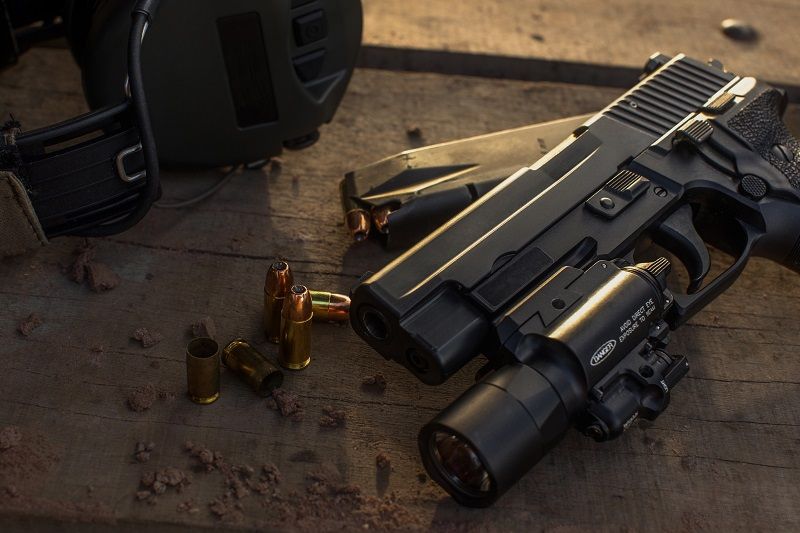Self-Defense Handguns: A Good Excuse to be Practical
Teaching self-defense and concealed carry classes, I’ve noticed a trend these days. For some reason, people seem to be getting nearly apoplectic

Teaching self-defense and concealed carry classes, I’ve noticed a trend these days. For some reason, people seem to be getting nearly apoplectic when it comes to selecting their self-defense handguns and the gear to go with them. Now, I’ll grant you, selecting the right equipment is important, because self-defense is important, but working yourself into a confused dither by reading every gun and ammo ad on the planet isn’t going to help. Keeping this in mind, I’ve decided to answer a few of the questions that are frequently posed to me in the hopes that it will save us both some time in the long run.
Do you get what you pay for?
In many respects, you do. Fine guns are capable of impressive performance and this leads to an impressive price tag. By and large, really expensive guns are really good guns. The rub is that, just as with any other product, the buyer needs to ask themselves what they really need their new gun to do. Obviously, any money saved during the initial purchase can be transformed into practice ammo. It’s practice, not status symbols, that make good shooters.
Accuracy is oftentimes what high-end pistol companies use as a justification for their gut-checking price tags. Outfits like Les Baer, Kimber, and Dan Wesson brag a lot about the accuracy of their 1911 pistols, and they have earned the right to do so. Fancy 1911s (especially Baer’s guns) really will give one-inch groups at twenty-five yards. This is cool, but the first-time gun owner should ask themselves if they really require this kind of performance. A friend of mine has been carrying a Spanish Llama, purchased for $250, for more than a decade. This 1911 rattles when you shake it, is uglier than a mud fence, and fires roughly five-inch groups at twenty-five yards. It surely isn’t a showpiece, but it’s also durable, can take a beating, and has never jammed. This rig will also save my friend some stress if he ever uses it in a self-defense situation. If the cops take the gun as evidence he can tell them to just keep it.
When it comes to shelling out extra money for a handgun, the first-time buyer is better off thinking less about things like accuracy and finish, and more about finding the right fit to their hand and a good trigger. Most of the lower cost, polymer-frame pistols on the market right now that feature interchangeable grip inserts are a far better choice than more expensive, high-end pistols. No, they’re not as pretty, but beauty isn’t the right tool for every job. The second concern a shooter needs to focus on is finding a pistol with a trigger you can utilize smoothly. The trigger is the link between you and good shooting. If you find a gun with a trigger you like, most of the other factors become meaningless. A good trigger will lead to good shooting and nothing else really matters.
Did you pick the right cartridge for your self-defense handgun?
Yup. You did fine. How do I know this? Well, as a gun writer, I probably shouldn’t say this, but they’re all kind of the same, aren’t they? People like to overthink self-defense cartridge selection because they’re one of the few aspects of self-defense that have solid numbers to mull over. The simple fact of the matter is that bad guys really don’t like it when you shoot them and rarely feel one way or the other about which cartridge has just opened a new hole in them. If you’ve got a gun chambered in a cartridge that you shoot well, that’s the right cartridge for you. Hunters, long-range shooters, benchrest shooters, and gun writers like to nitpick cartridge performance, but you’re in the getting stuff done business, so you don’t need to lose sleep over semantics.

Do you have the right ammunition for self-defense?
Probably, yeah. A retired Vietnam-vintage Green Beret I used to work with would only carry 230 grain 45 Auto ball ammo in his concealed carry rig. His gun would function just fine with hollow points or +P ammo, but he never trusted anything other than the traditional Army load. This may have been partly the result of habit, but it was mostly based on his experience getting a great deal of use out of ball ammo. He knew to a certainty that ball ammo had gotten the job done in the past and had no interest in testing a newfangled design.
Fancy ammo does have some benefits: hollow points do give better wound channels and energy transfer and are less likely to keep going through the wall behind the bad guy. Ball ammo for smaller calibers like the 9mm Luger has a rather needle-like bullet that tends to zip through things, causing little damage unless you directly hit something vital, so hollow points are a far better option. That having been said, we’re still talking about little lumps of lead and copper here, so don’t expect any earth-shattering differences in terminal performance. These days, handgun ammo companies spend a lot of money on ads touting their own performance levels while subtly deriding the performance of their competitors’ loads. After reading enough of these ads a new shooter can’t help but wonder how anyone ever got killed from a handgun wound before the introduction of the “super-terrific-poly-tipped-laser-etched-mammoth-maimer”.
There’s nothing wrong with paying a bit more for good, reliable ammo, but what you should look for is good ammo that functions well in your handgun. Find what works best, shoots best, and what you can afford, then stick with it. If it doesn’t happen to be the newest or fanciest stuff currently available, don’t worry about it.
In closing, I’ll give you the best tip anyone can offer when it comes to choosing self-defense equipment: be practical. Buy what you need, spend the rest on practice ammo, and build confidence in your abilities. Self-defense shooting is about saving your butt, which is a great excuse to be practical.
